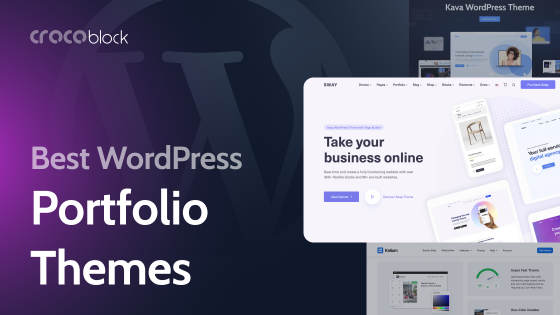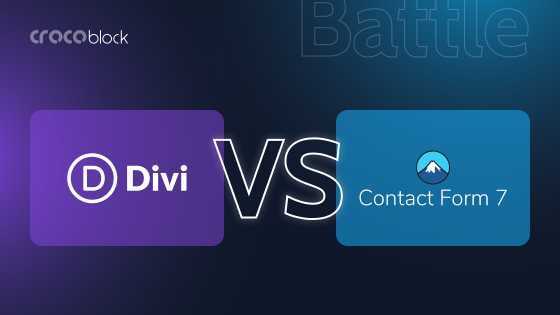As a marketer, optimizing conversion rate is always a great challenge since you need to find better ways to get more leads and increase sales.
Now, when planning your marketing strategies, we all know a common term, “Sales Funnel.” A sales funnel is crucial when planning a proper mode of increasing conversion rates and AOV (Average Order Value).
It may vary from one niche to another on how you use sales funnels, but the core fundamentals are the same:
“Take a prospect into a step-by-step journey where you qualify them and convince them to take the action you want.”
You need to put some effort into developing a conversion-optimized sales funnel to grow your business.
And today, you will learn the basic steps to plan an automated sales funnel for your business. So, let’s get started.
Table of Contents
- What Is a Sales Funnel?
- An Example of an Effective Sales Funnel
- Prepare a Sales Funnel Plan That Suits Your Business Perfectly
- Build a Sales Funnel Designed for Your Business
- Bonus: Automate The Email Marketing of Your Sales Funnel to Save More Time
- Final Thoughts
What Is a Sales Funnel?
A sales funnel is simply your customer’s journey from knowing about your business to taking action. In simpler terms, it’s your potential customer’s journey to purchase from you.
It’s up to you where you want them to start the journey, know about you, what they’ll see, what information they’ll learn about you or your product, and what action you’ll offer them to take.
And the success rate of your funnel will depend on how smartly you’ve laid up the plan of your sales funnel journey.
Generally, a sales funnel has three stages:
- Top of the funnel (ToFU).
- Middle of the funnel (MoFU).
- Bottom of the funnel (BoFU).
Here’s what you do at every stage:
- On Top of The Funnel, you identify a problem your potential customers are facing and announce that you have a solution.
NOTE
This action creates awareness about your business or product among your target audience and attracts them
- In the Middle of The Funnel, you generate prospective leads using your preferred lead generation process.
NOTE
In these two steps, you lose the traffic, which is not ideal and the audience who are not looking into the solution you provide.
- So, at the Bottom of The Funnel, you only work with the targeted audience and are most likely to take action.
So all you need to do at this stage is nurture the leads to convert them into paying customers.
Let’s look at an example of a simple real-life sales funnel.
An Example of an Effective Sales Funnel
Suppose you’re running an eCommerce store selling tech products and accessories.
You know that your target audience is between 16-40 years of age and often hangs out on social media (Facebook and Instagram, in this case).
Let’s say you’re selling an HP monitor and have a product page for it.
- You can start running a paid ad on Facebook and Instagram to drive traffic to the product page.
- You also prepared a handy guidebook on monitors for different purposes and suggested which monitor they should purchase based on their requirements.
- On the product page, offer visitors this guidebook as downloadable content.
- But they have to subscribe to your mailing list to download it.
- So even if they bounce from the page, you can send them promotional emails about the product in the future.
- You can pop up in their inbox and remind them of the monitor they checked out before.
- And this time, even offer a flat 10% discount on their first purchase from you.
- At this point, your leads take action and become paying customers.
So this is how an effective sales funnel turns a random scroller into a paying customer.
But there’s more to a sales funnel than only this.
You can create an entire sale funnel journey designed solely for your business.
Let’s get started.
Prepare a Sales Funnel Plan That Suits Your Business Perfectly
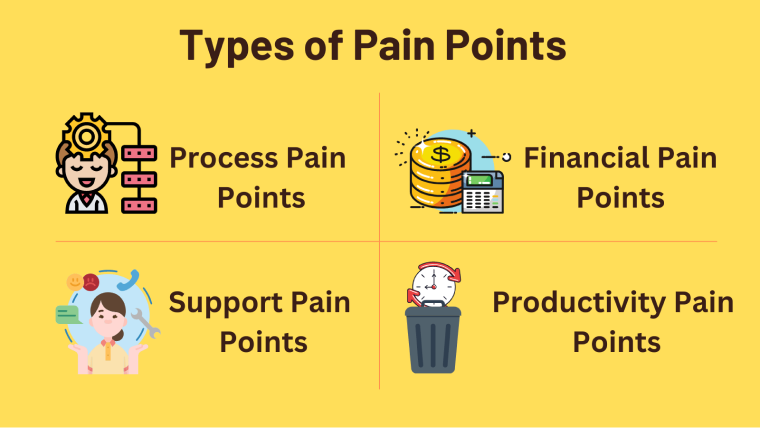
Your sales funnel planning will depend on the nature of your business.
Here are the steps to plan a perfect sales funnel to increase conversion.
1. Identify a problem your target customers are facing
Before crafting your sales funnel, you should have a clear idea of the pain points of your target customers.
Also, figure out what interests them and what they expect.
Since your product solves their problem, you will have to portray this to your customers through your funnel.
2. Set your goals
Now, you need to decide what you want to achieve through the sales funnel.
Below are what you can set as goals to achieve from your funnel:
- Increase leads.
- Get more signups.
- Increase the number of orders.
- Increase average order value.
- Reduce acquisition rate.
By setting goals, you can analyze the performance of your sales funnel.
3. Create an undeniable offer
Once you are done with setting up your goal, you need to plan an undeniable offer for your sales funnel. Different types of offers help you meet other goals.
Here are some examples:
- Lead Magnet Offer: A compelling lead magnet offer enables you to increase the email list.
- Order Bump Offer: offering a suitable product as an order bump offer increase the average order value.
- Upsell/Downsell Offer: Offering the right upsell and downsell offer increases the number of orders and AOV.
- One-time Offer: One-time offer creates scarcity and causes a rapid boost in the order value and order number.
Once you finish your funnel planning, it’s time for the execution.
Build a Sales Funnel Designed for Your Business
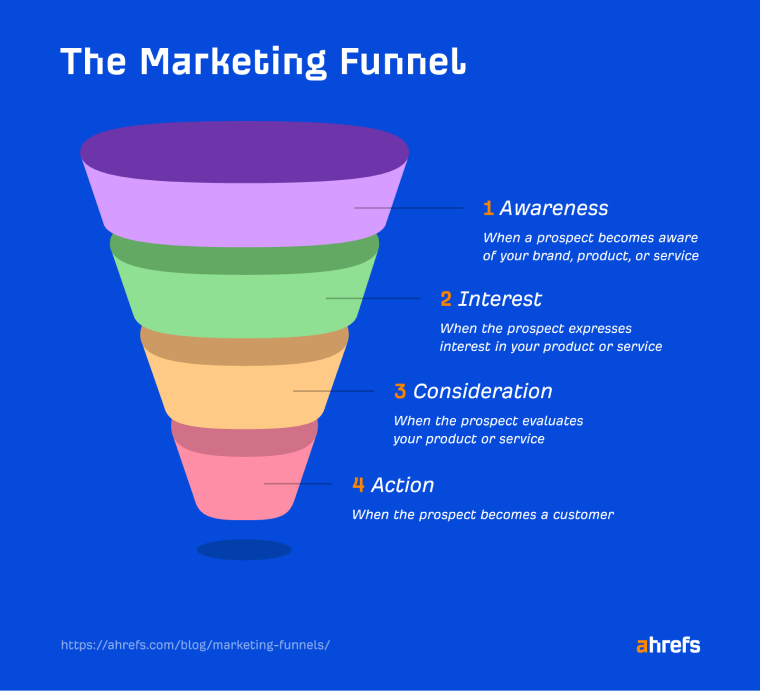
Building a sales funnel might look complex, but once you set up one perfectly, the result it generates goes beyond expectations.
Here you go, the step-by-step guidelines for creating a sales funnel that generally fits any business.
1. Create a proper landing or product page
Creating a landing page with an enticing copy for whatever product you sell is the very first and crucial step to creating a sales funnel. Offer a compelling lead magnet and set up an opt-in form widget in this step to collect target leads.
Ensure the lead magnet seems valuable to the leads and relevant to the product you sell. For example, you sell skin care products. As a lead magnet, you can give a checklist of how to improve skin naturally.
But it doesn’t make sense if you offer a daily workout plan as a lead magnet.
2. Drive traffic to the landing page to collect leads
Once your landing page is ready, now it’s time to drive traffic to the landing page.
You can run paid ads or social media marketing on your preferred channel to get the ideal leads. Whoever opts into the landing page and avails of the lead magnet offer is considered an ideal lead. Create a separate list for them.
3. Nurture your leads
Since you have a lead list ready to nurture now, you need to plan for an email sequence through which you will run the process.
While planning for the sales funnel, you researched your leads’ interests, pain points, and expectations, so in this step, your nurturing emails have to be aligned with them.
In the last email of the sequence, you will offer a little discount on the first purchase.
4. Drive leads to the 2nd landing page
Create a second landing page where you introduce the main offer with an attractive copy.
Drive the lead list to this page by attaching the page link to the sequence email.
5. Close the deal on the checkout page
Since you are providing a discount on the purchase, those who come across this point are likelier to convert.
But you have options to leave no stone unturned to close the deal.
On the checkout page, you can offer a relevant order bump offer to make the main offer look attractive. For instance, you sell customized candles online. On the checkout step, you can offer a beautiful candle holder at a discounted price as an order bump.
This offer could change a lead’s mind if he decided not to purchase.
6. Give an upsell/down-sell offer
After customers complete a purchase, you can give them an advanced offer as an upsell or down-sell.
If your customers buy an android phone, you can offer an advanced model with a 10% discount as an upsell offer in replace of the previous.
If anyone declines the upsell offer, you can offer Bluetooth headphones from the same brand at a discounted price as a down-sell offer along with the main offer.
However, you have the option to accept the down-sell offer if the customer agrees with the upsell offer.
7. Create a rewarding thank you page
Lastly, create a rewarding Thank you page to redirect your prospects to another product page, offer details, or funnel.
And if you have a WordPress site, you can conduct all these activities using the WPFunnels sales funnel builder.
Bonus: Automate The Email Marketing of Your Sales Funnel to Save More Time
While you have a well-designed sales funnel working to optimize your traffic and bring more conversions, you’ll need another tool to take off your email marketing activities.
You’ll need it to:
- Collect leads.
- Organizing your leads and customer list smartly.
- Plan and send strategic email segments and campaigns, etc.
You’ll need to send instant onboarding emails to your customers once they purchase one of your products or service.
Or any upsell or down-sell offer emails to sell more to the customer.
You can trigger these emails at any step of the funnel after your visitor or customer has taken action.
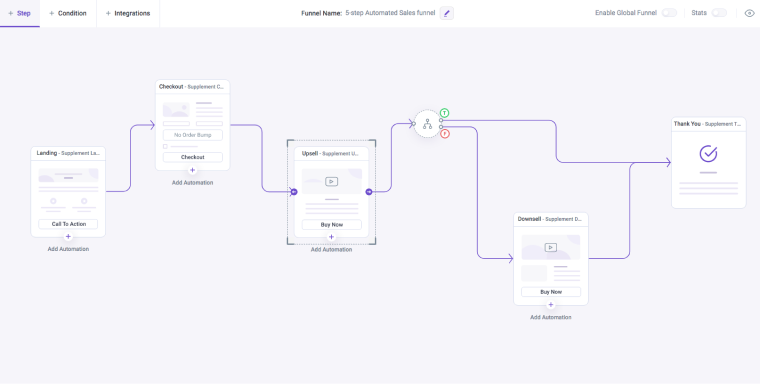
Choose to send these emails instantly or after any specific amount of time. You can use the plugin Mail Mint to set this email marketing automation around your sales funnel journey.
Final Thoughts
To conclude, a sales funnel is a powerful tool that can help businesses convert leads into paying customers.
Furthermore, building an automated sales funnel can help you streamline the process, save time and effort, and ensure your leads receive the right messages at the right time.
Following the steps outlined in this article, you can create an effective and efficient sales funnel to help you grow your business and achieve your goals.
